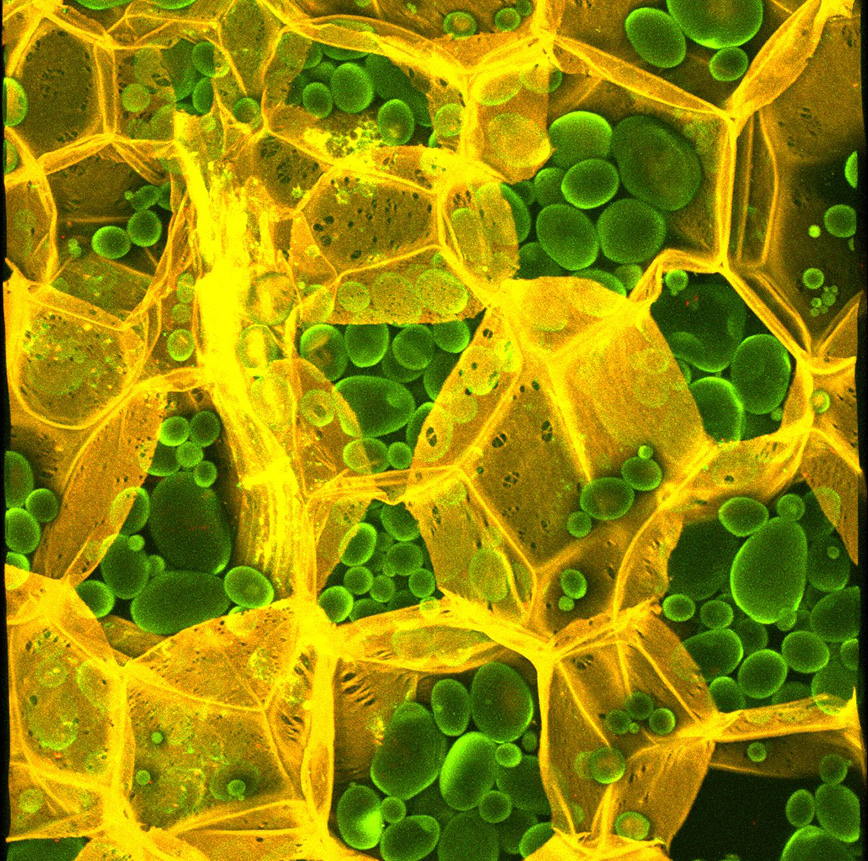New center focus on integrated science

Meet Agneta Richter Dahlfors, director of a new interdisciplinary research centre with the focus on societal benefits, that was inaugurated on 30 September. What is AIMES?
“AIMES – the Center for the Advancement of Integrated Medical and Engineering Sciences, is a joint initiative by the Karolinska Institute and KTH providing an academic environment for interdisciplinary research, education and societal benefits.”
“At AIMES, we are looking to create the long-term conditions necessary, both scientifically and financially, to facilitate the emergency of younger, so-called intrinsically interdisciplinary researchers and students, whose know-how will be key to being able to successfully tackle societal challenges.”
What kind of research will be undertaken here?
“A typical AIMES researcher will work in an interdisciplinary way, not be afraid to cross boundaries between subject areas and faculties, driving their projects in the direction of innovation and societal benefits. In addition to creating new basic knowledge that will be distributed via scientific publications, AIMES researchers will strive to ensure their know-how will be of material benefit to society. This can be done via many different models, such as via cooperation with industry, healthcare, or other parties, and similarly by contributing to establishing start-up companies.”
Can you provide some examples of the research?
“We will be researching into organ models for example, so-called organs-on-chips, a type of artificial organ that will help in the development of new pharmaceutical drugs. Many projects are based on preventing bacterial infection, either by gaining a greater understanding of what is happening at molecular level when bacteria infect the body, or by creating surface materials that prevent bacteria from growing. Similarly, sensors for bacteria diagnosis and cancer diagnosis are being created. Renewable bio materials are an important link to this. All life on our planet consists of the same four building blocks, no matter whether we are talking of bacteria, human body cells or trees. This creates a fantastic synergy between AIMES interdisciplinary researchers, and will lead projects in unimagined directions.”
You are a professor at both KTH and KI, that are behind the centre, will this be noticeable?
“Yes, it will. The whole idea is to offer those researchers that occupy the borderland between technology and medicine, so-called intrinsically interdisciplinary scientists, twin affiliations. They will either be basically grouped with KTH and build a sub-grouping on the medical side, or vice versa. I personally am running a number of projects together with researchers at several of the KTH schools and departments, and know how incredibly important it is to be able to work in both environments at the same time.”
What do you hope the centre will have achieved in five years’ time?
“I hope that in five years, AIMES will have been integrated as an academic unit in both KTH and KI, and that we will have created a sustainable structure for research and education with financing that extends beyond 2025. By bringing together graduates within basic and applied research, with representatives from industry and the public sector, AIMES will have contributed to offering solutions for global societal challenges.”
The inauguration can be watched on YouTube .
Jill Klackenberg
